American Taste
Classic Cheeseburger
Biting into a succulent, freshly grilled classic cheeseburger is one of life's simple pleasures. This beloved American staple has been delighting taste buds for generations. In this article, we'll guide you through creating the ultimate homemade cheeseburger that rivals any restaurant.
Chef's Notes:
- The classic cheeseburger combines a juicy beef patty, melted cheese, and an array of toppings on a soft bun.
- Achieving cheeseburger perfection requires high-quality ingredients and mastering the right cooking techniques.
- Personalization is key - mix and match cheeses, toppings, and sauces to create your ideal burger.
The History
The cheeseburger's exact birth is shrouded in mystery, with multiple origin stories from the 1920s and 1930s. One popular tale attributes its creation to young Lionel Sternberger, who, in 1924, experimented by melting cheese on a hamburger at his father's Pasadena eatery.
While its true inventor remains debated, the cheeseburger swiftly rose to prominence in American cuisine. It has since spread globally, inspiring countless variations and regional interpretations.
Ingredients
To craft our classic cheeseburger, we'll need:
- 1 pound (450g) ground beef (preferably 80/20 lean-to-fat ratio)
- 4 slices of American cheese
- 4 soft hamburger buns
- Salt and freshly cracked black pepper
- Fresh lettuce leaves
- Ripe tomato slices
- Thinly sliced onions
- Crisp dill pickle slices
- Ketchup
- Yellow mustard
- Creamy mayonnaise
Preparation
1. Separate the ground beef into four equal portions and shape them gently into patties approximately 3/4 inch thick. Create a small dimple in the center of each patty using your thumb to help maintain their shape during cooking.
2. Liberally season both sides of the patties with salt and pepper.
3. Heat your grill, griddle, or large skillet over medium-high heat.
4. As your cooking surface warms up, prepare your chosen toppings and condiments.
5. If desired, lightly toast the buns for added texture and flavor.
Cooking
1. Once your cooking surface is hot, place the seasoned patties on it. For medium doneness, cook for roughly 3-4 minutes per side.
2. During the final minute of cooking, place a cheese slice on each patty to melt perfectly.
3. Remove the cooked patties from the heat and allow them to rest briefly.
Assembly
Now for the exciting part - constructing your cheeseburger! While there's no strict rule, here's a classic layering approach:
1. Spread a thin layer of mayonnaise on the bottom bun half.
2. Place a crisp lettuce leaf on the mayo.
3. Carefully place the cheese-covered patty on the lettuce.
4. Add slices of juicy tomato and crisp onion.
5. Layer on some tangy pickle slices.
6. Apply ketchup and mustard to the top bun.
7. Crown your creation with the top bun, pressing down gently.
Your homemade classic cheeseburger is now ready to be enjoyed!
Variations
While our recipe focuses on the traditional version, don't hesitate to get creative. Experiment with bold cheeses like aged cheddar or creamy Swiss. Add crispy bacon for extra decadence. Try sweet caramelized onions instead of raw. The flavor combinations are limitless!
Tips for the Perfect Cheeseburger
- Select premium beef with adequate fat content for juicy, flavorful results.
- Handle the meat minimally when forming patties to avoid tough burgers.
- Ensure your cooking surface is properly heated before adding the patties.
- Avoid pressing the patties while cooking, as this releases precious juices.
- Allow the cooked burgers to rest briefly, letting the juices redistribute evenly.
Nutrition Facts
Here's an approximate nutritional breakdown for a single classic cheeseburger:
-
- Calories: 630
- Total Fat: 42g
- Saturated Fat: 13g
- Cholesterol: 101mg
- Sodium: 1364mg
- Total Carbohydrates: 31g
- Dietary Fiber: 3g
- Sugar: 5g
- Protein: 29g
Please note that these values may vary based on specific ingredients and serving sizes.
Pairing Suggestions
A classic cheeseburger pairs beautifully with golden, crispy French Fries or crunchy onion rings. For a lighter option, consider a fresh side salad. Beverage-wise, you can't go wrong with an ice-cold beer, a fizzy soda, or a thick, creamy milkshake.
The Cultural Impact
The cheeseburger is more than just a meal; it's a cultural phenomenon. It's been featured in countless films, TV shows, and ad campaigns. Fast-food empires have been built on the foundation of this simple sandwich. The cheeseburger embodies convenience, and indulgence, and is a quintessential piece of American culture.
In recent years, upscale burger joints have elevated the humble cheeseburger to gourmet status. Unique cheese blends, artisanal buns, and premium toppings have transformed this classic into a playground for chefs to showcase their culinary creativity.
Health Considerations
While undeniably delicious, cheeseburgers are typically calorie-dense and high in fat and sodium. Enjoy them in moderation as part of a well-rounded diet. For a healthier twist, consider using lean beef or ground turkey, whole wheat buns, and piling on extra vegetable toppings.
Conclusion
The classic cheeseburger exemplifies the beauty of culinary simplicity. With carefully chosen ingredients and attention to detail, you can create a burger at home that rivals any restaurant offering. Whether you stick to tradition or explore creative variations, the satisfaction of biting into a perfectly crafted cheeseburger is unparalleled.
So, heat that grill, gather your favorite ingredients, and prepare to indulge in one of America's most beloved culinary creations. Happy burger-making!
FAQs
What's the ideal beef type for burger patties?
For optimal juiciness and flavor, opt for ground beef with an 80/20 lean-to-fat ratio. This proportion provides enough fat to keep your burgers moist and delicious.
Is it possible to prepare cheeseburgers in advance?
While it's ideal to cook and assemble burgers just before serving, you can form the patties ahead of time and refrigerate them. Just remember to bring them to room temperature before cooking for even results.
How can I tell when my burger is properly cooked?
For food safety, the USDA recommends cooking ground beef to an internal temperature of 160°F (71°C). A meat thermometer is the most accurate way to check. If you prefer less well-done burgers, be aware of the potential risks associated with consuming undercooked meat.
What cheese works best on a cheeseburger?
While American cheese is the traditional choice, don't be afraid to experiment! Sharp cheddar, creamy Swiss, tangy blue cheese, or even smoky gouda can create delicious flavor profiles.
Can I create a vegetarian version of this classic?
Absolutely! There's a wide variety of plant-based burger patties available, or you can craft your own using ingredients like legumes, grains, and vegetables. Simply substitute the beef patty, and you're set to enjoy a meat-free version!







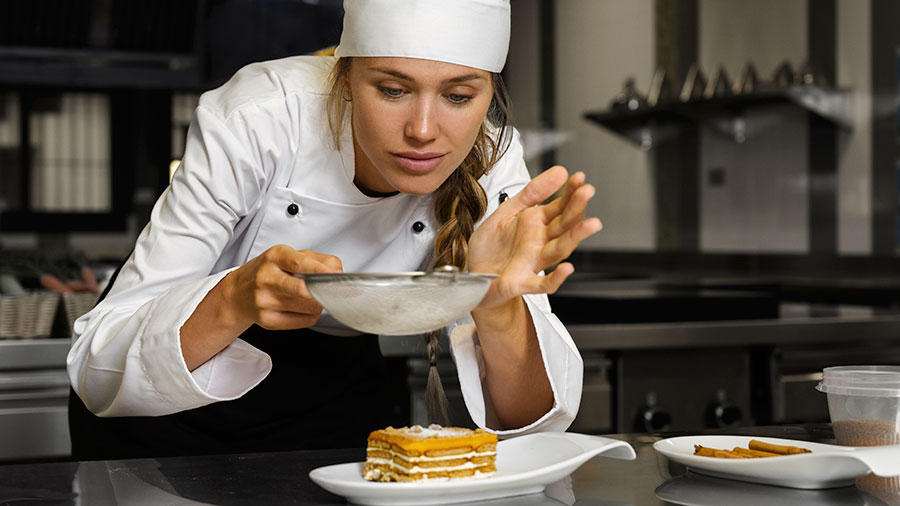

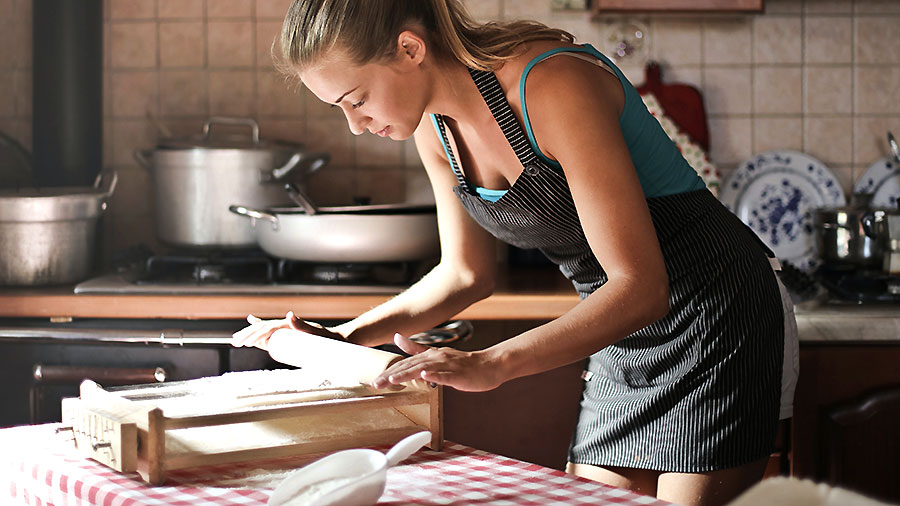

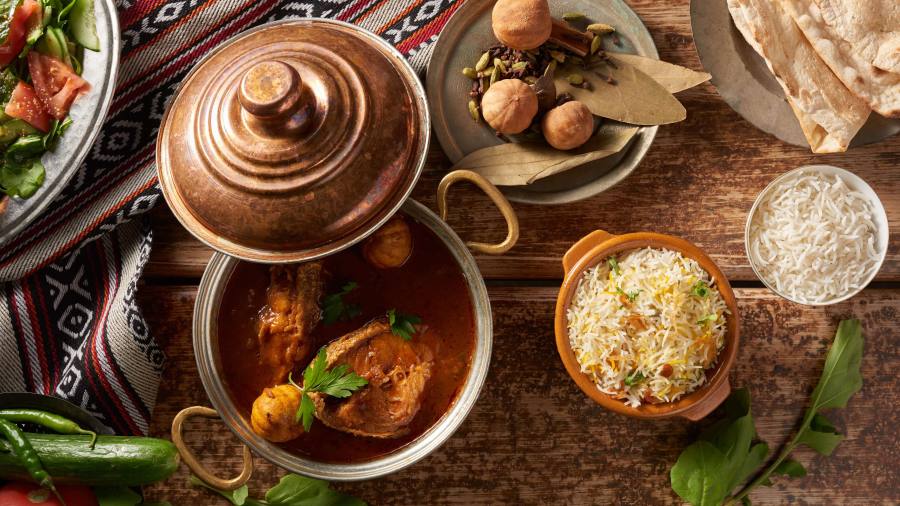











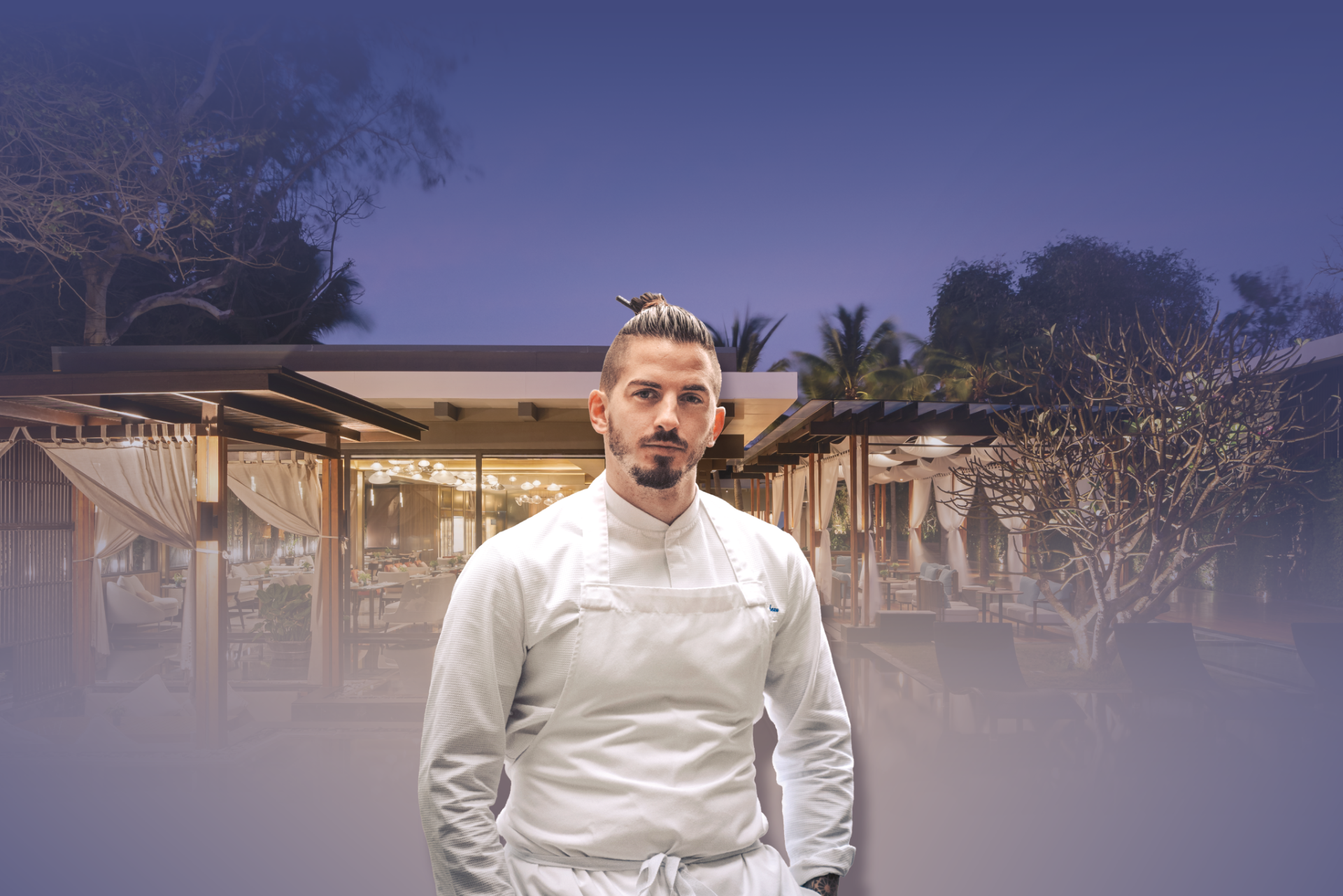
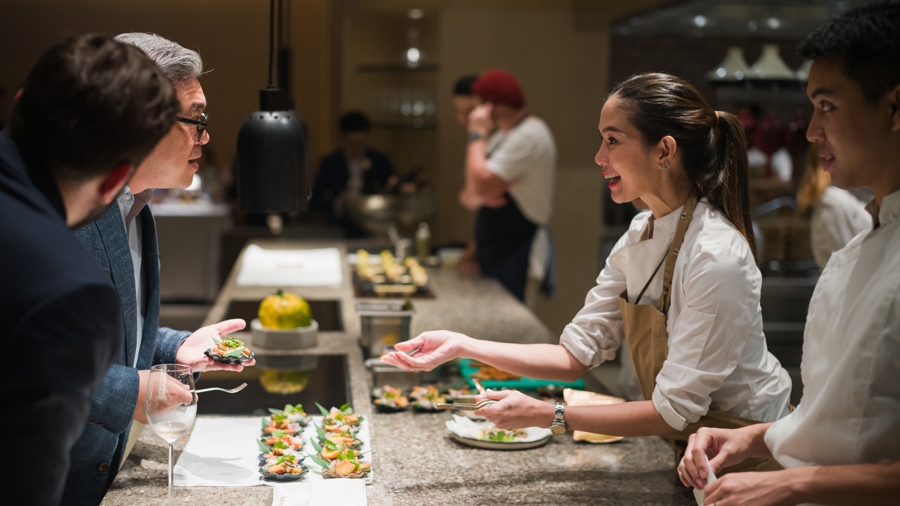

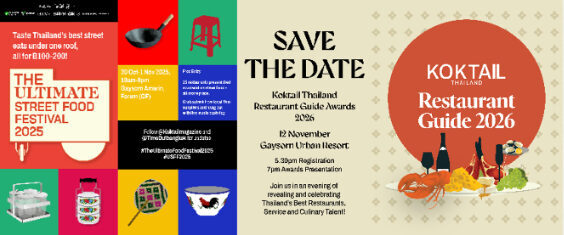


 Gastronomy Cities
Gastronomy Cities
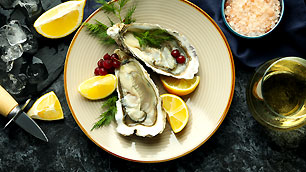 Amazing Food
Amazing Food
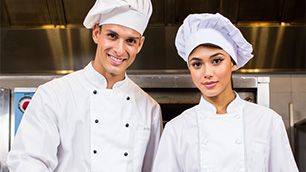 Chef's Talk
Chef's Talk